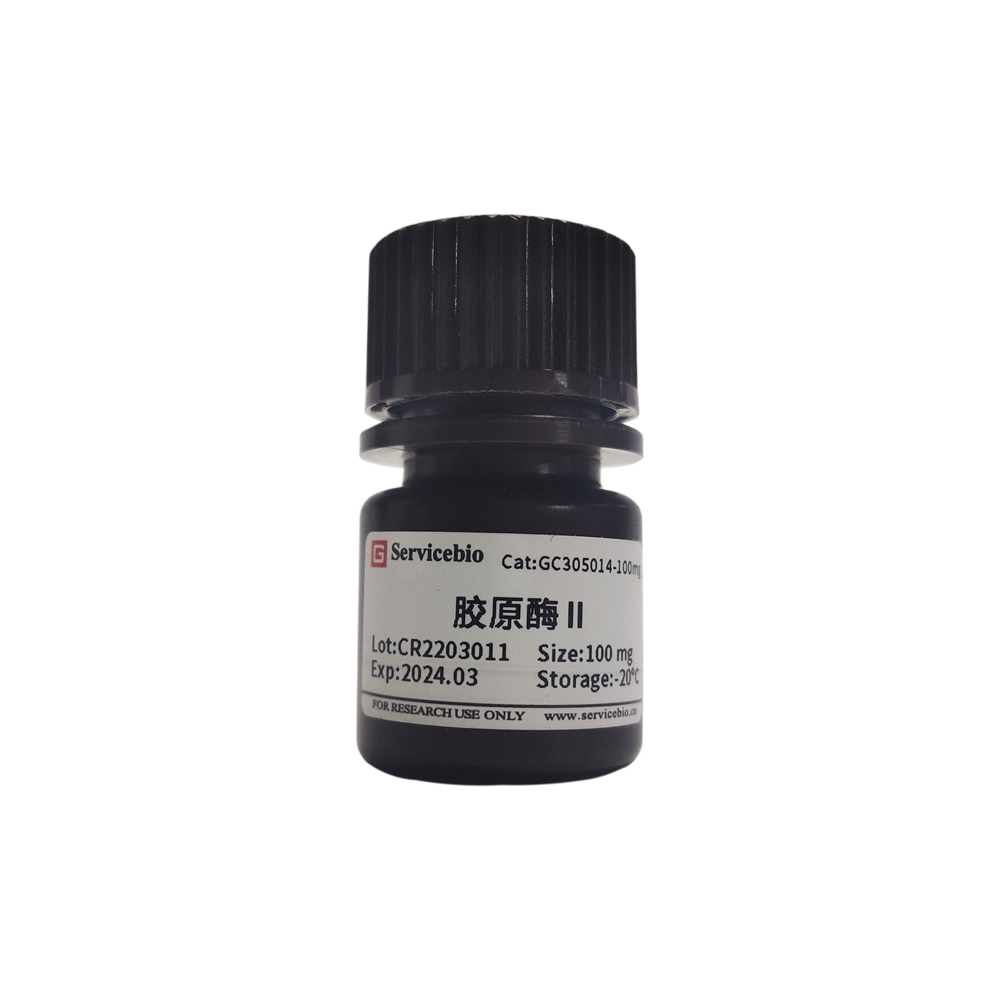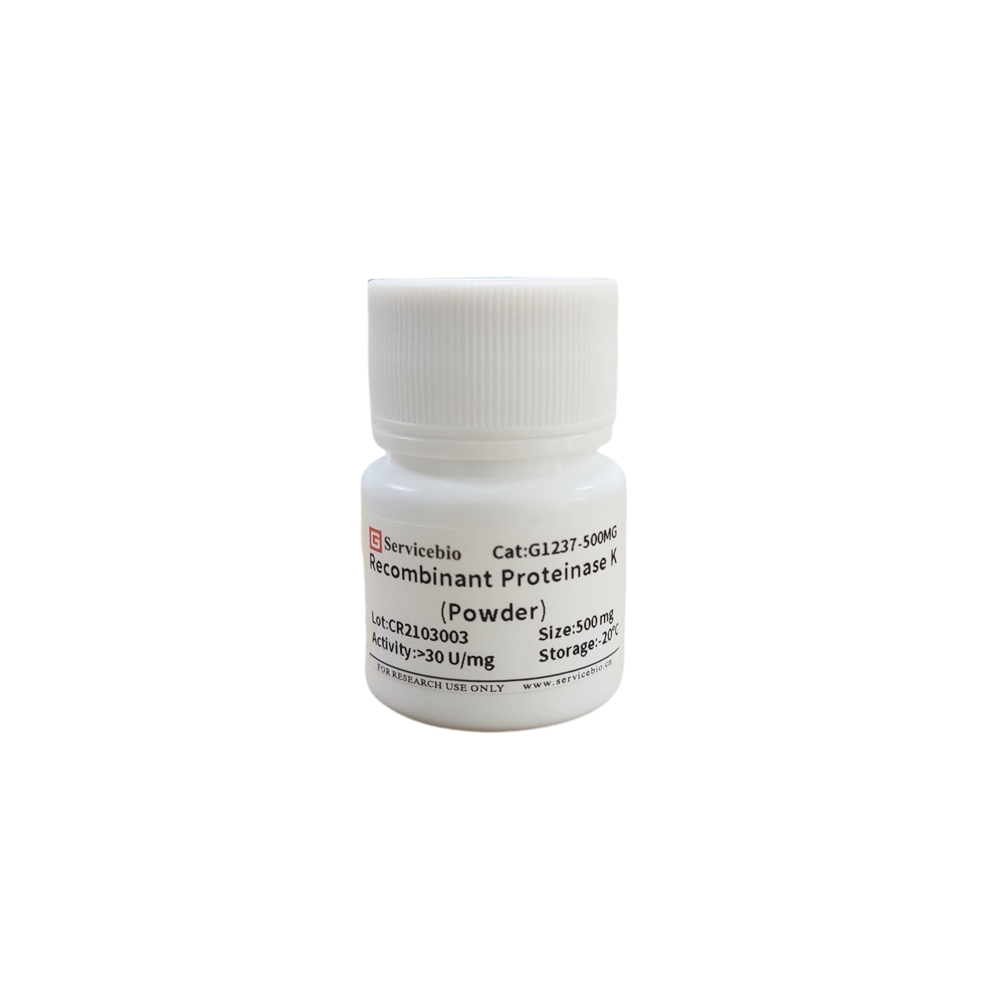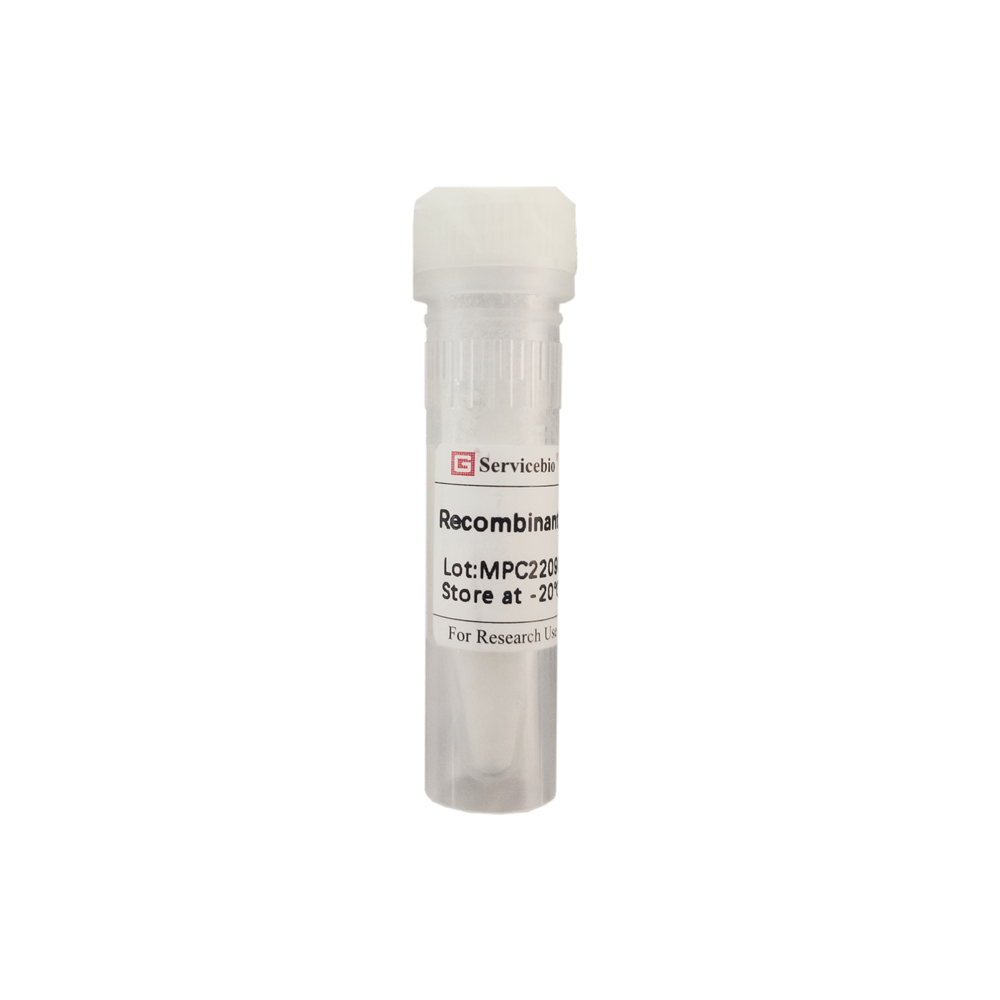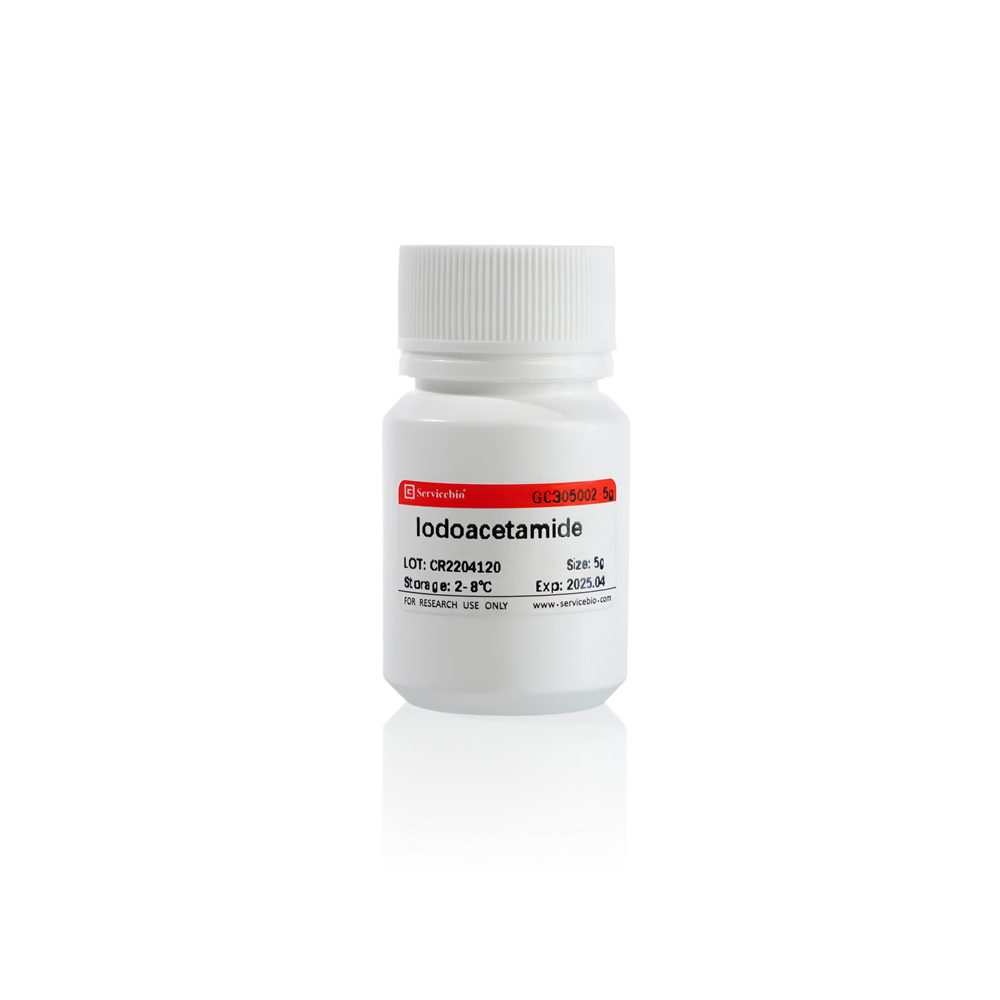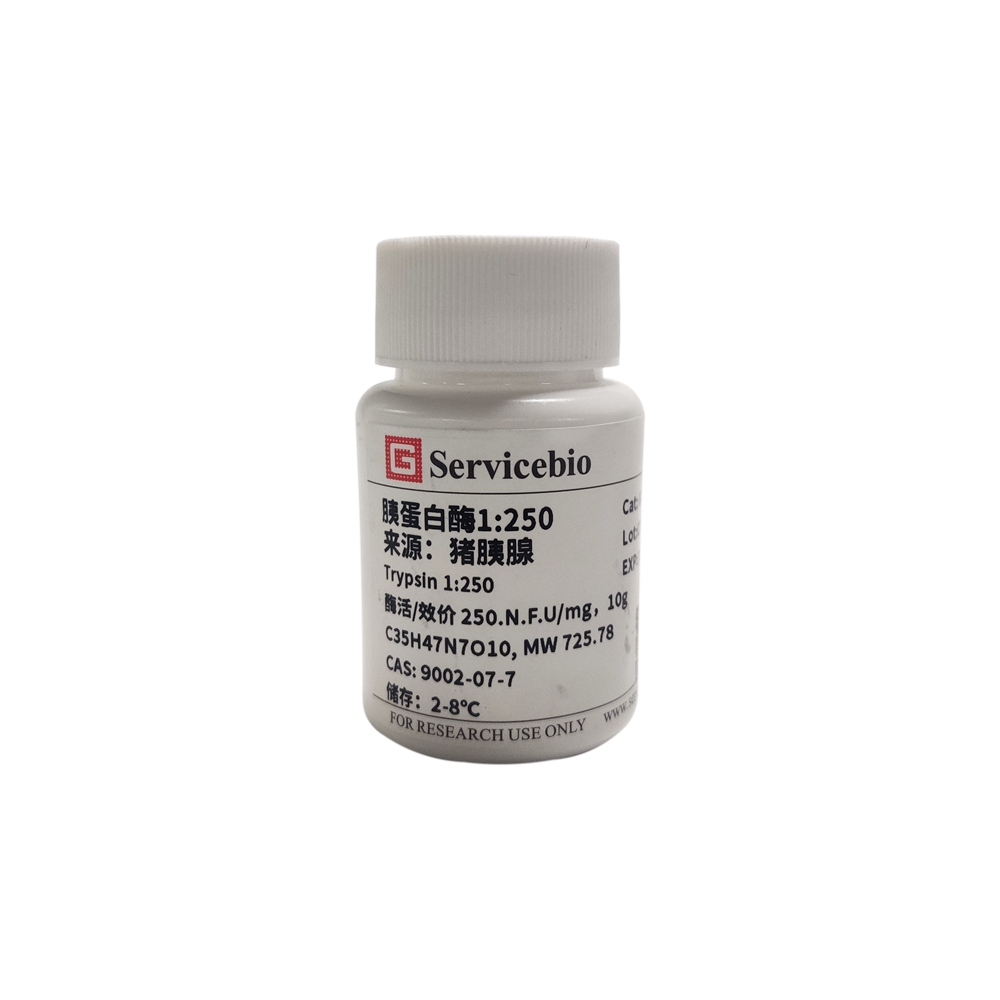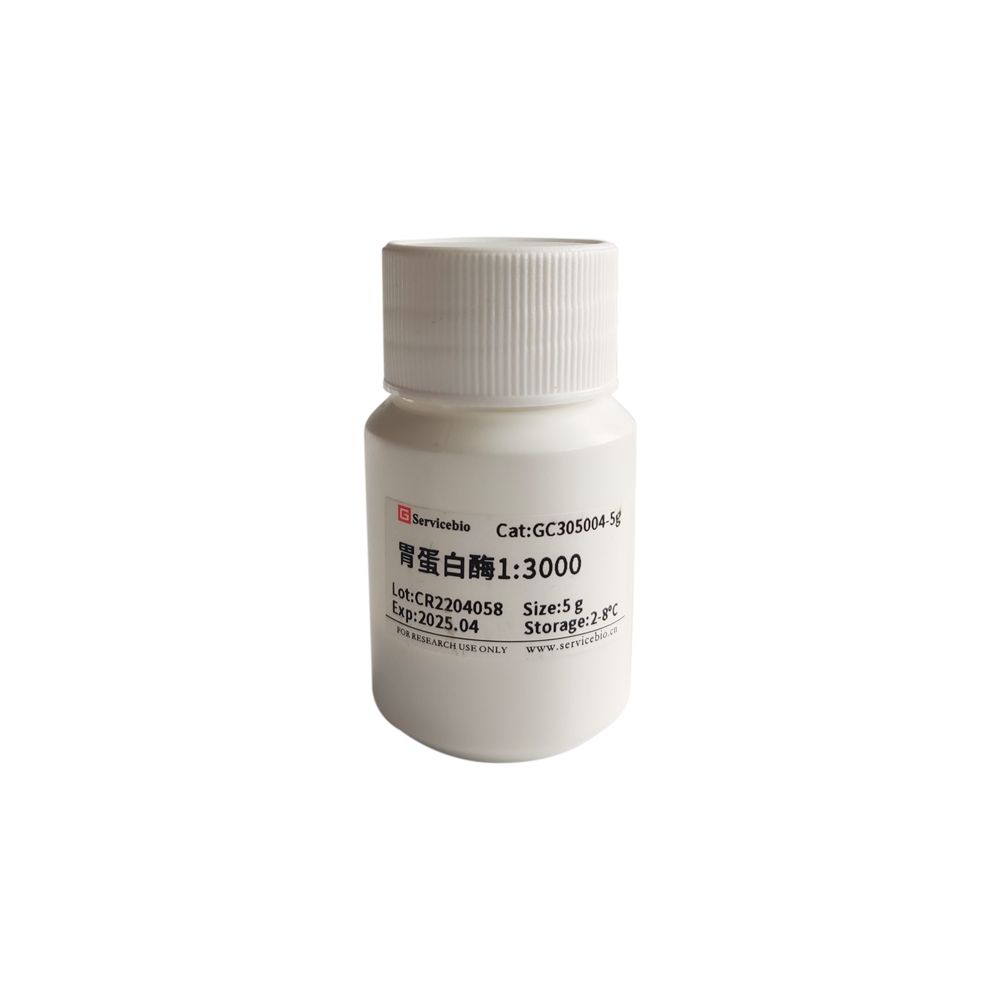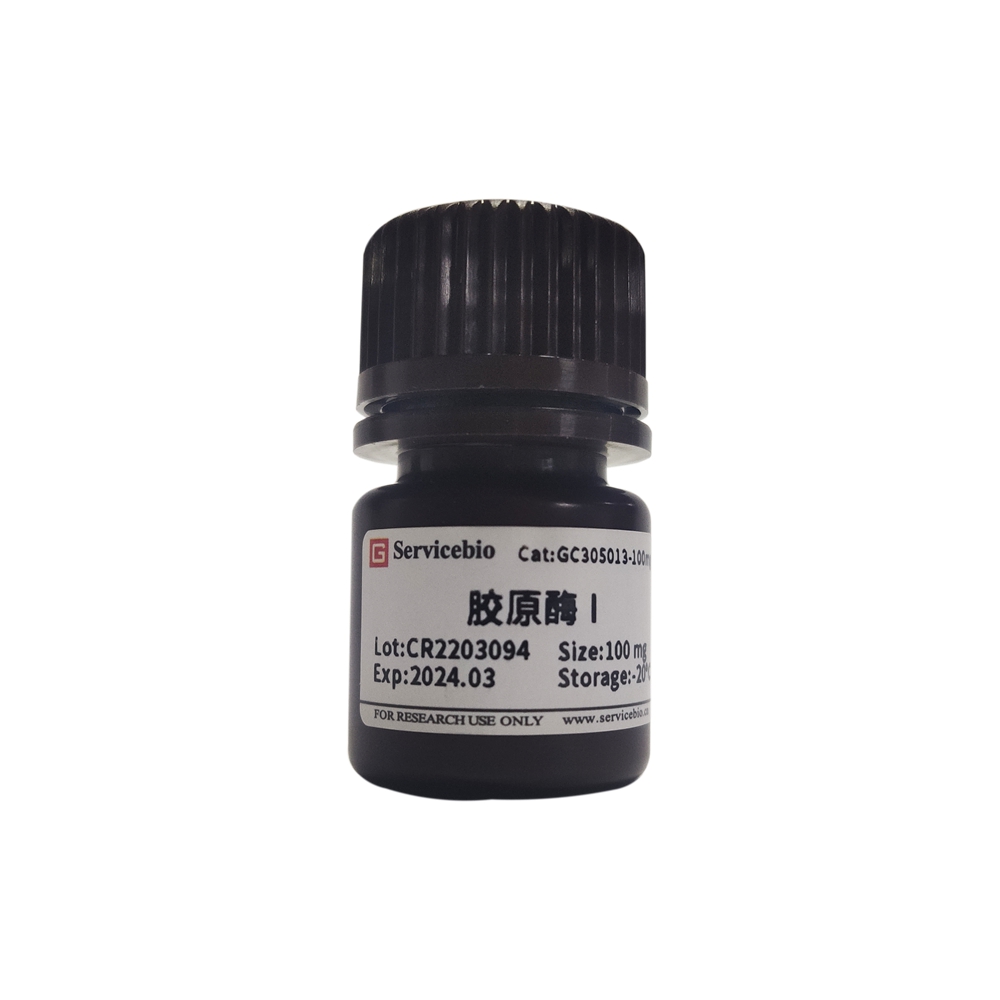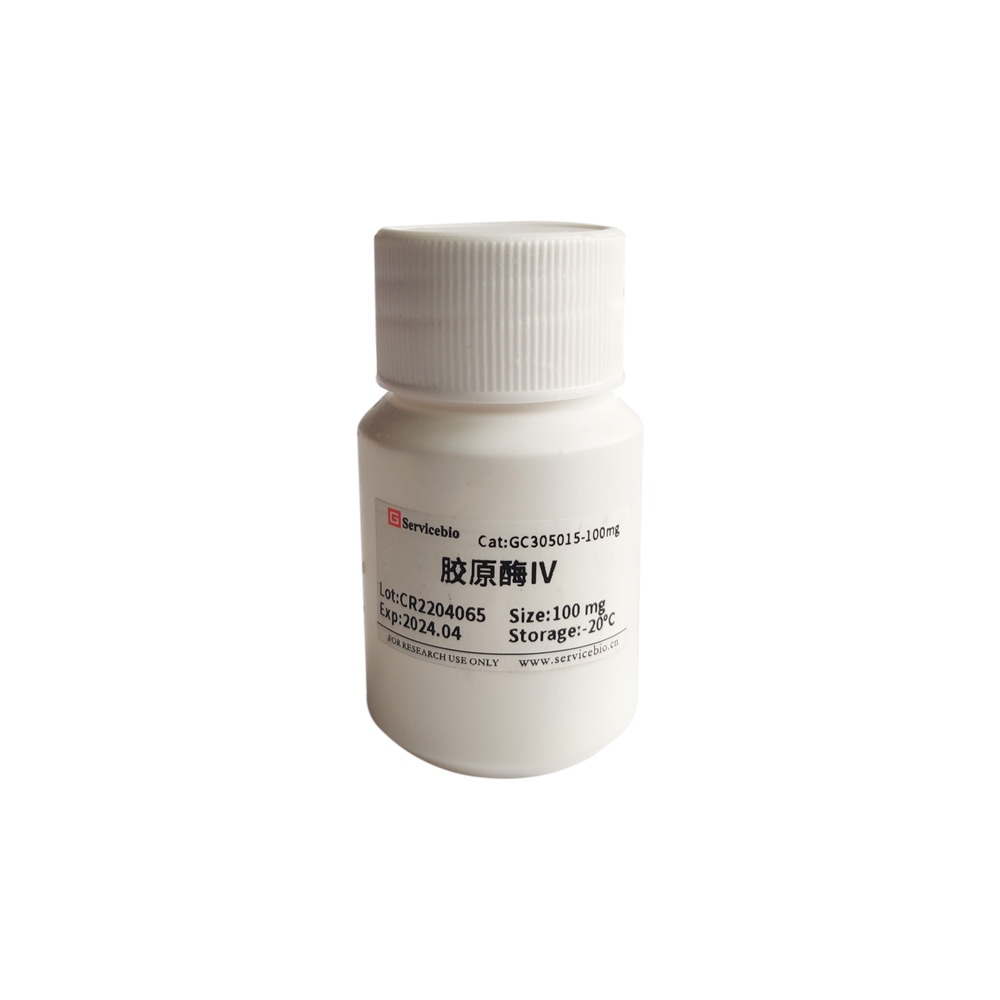Description
Product Description
Collagenase is a proteolytic enzyme commonly used for digestion of extracellular matrix proteins. As a peptidase, collagenase specifically recognizes the Pro-X-Gly-Pro sequence (which is highly frequent in collagen but rare in other proteins) and cleaves the peptide bond between the amino acid (X) and glycine (Gly). Commercially available collagenase is derived from Clostridium histolyticum, a type of bacteria, and it is obtained as a crude enzyme preparation. There are different types of collagenase, including Type I collagenase, Type II collagenase, Type III collagenase, Type IV collagenase, and Type V collagenase, which vary in their composition and degradation characteristics, leading to different applications.
Type I collagenase contains a relatively balanced mixture of various enzyme activities, including collagenase, caseinase, clostripain, and trypsin, and it is typically used for the preparation of primary cells from epithelial tissues, liver, lung, adipose tissue, and adrenal tissue.
Type II collagenase has higher clostripain activity and is commonly used for the preparation of primary cells from heart, bone, liver, thymus, salivary glands, and cartilage.
Type III collagenase has lower secondary protease activity and is frequently used for the preparation of primary cells from mammary tissue.
Type IV collagenase has lower trypsin activity and is usually used for the preparation of islet cells and myeloid cells.
Type V collagenase is a partially purified form with higher collagenase and caseinase activity and lower trypsin levels, suitable for the preparation of islets.
Please note that the provided translation is a general description of the different types of collagenase and their applications. The specific characteristics and applications may vary depending on the commercial product or supplier.
| Attribute | Value |
|---|---|
| English Name | Collagenase II |
| Alias | Clostripain A |
| CAS | 9001-12-1 |
| Enzymatic Activity | ≥125 CDU/mg, solid |
| Appearance | Brown or tan crystalline powder |
| Storage Conditions | -20°C |
| Unit | Bottle |
| Size | 100mg/bottle |
| MDL Number | MFCD00130830 |
| EC Number | 232-582-9 |
| Related Categories | Protein derivatives |
| Solubility | Soluble in water |
| Shelf Life | 24 months |
CDU Definition: The amount of collagenase required to produce 1 μmol of leucine from collagen protein of bovine Achilles tendon in 5 hours at pH 7.4 and 37°C in the presence of calcium ions is defined as one casein digestion unit (CDU).
Storage and Transportation:
The product should be transported with dry ice and stored at -20°C.
Instructions for Use:
The usage and dosage of the biochemical reagent mainly depend on the customer’s experimental purpose and the experimental methods described in existing literature or books. The following instructions are for reference only.
- Preparation of Collagenase Storage Solution:
Add 100µL of Ca2+- and Mg2+-containing HBSS (Hank’s Balanced Salt Solution with Ca2+ and Mg2+) to each vial of 100mg collagenase. Gently vortex to ensure complete dissolution, preparing a storage solution with a concentration of 1g/ml (i.e., 1000×). Then, filter sterilize using a low protein-binding 0.22μm filter membrane, divide into smaller aliquots, and store in the dark at -20°C.
Thaw on ice before use and avoid repeated freeze-thaw cycles. The commonly used concentrations for tissue and cell dispersion are: 0.5-2.5mg/ml, and for cartilage digestion, the commonly used concentration is 1-2mg/ml. The optimal working concentration should be determined based on specific experimental conditions or by referring to relevant literature.
- Tissue Dissection:
- Use sterile surgical knives or scissors to cut the tissue into 3-4mm tissue fragments.
- Wash the tissue fragments several times with Ca2+- and Mg2+-containing HBSS.
- Add a sufficient amount of Ca2+- and Mg2+-containing HBSS to immerse the tissue fragments and add collagenase to the desired working concentration.
- Incubate at 37°C for 4-18 hours. Using a horizontal shaker and supplementing digestion with 3mM CaCl2 can improve digestion efficiency.
- Dispersed cells can be collected using stainless steel or nylon mesh strainers and kept aside. For undissociated tissues, add an appropriate volume of fresh collagenase working solution and continue incubating at 37°C.
- Wash the collected cells several times with collagenase-free HBSS.
- Resuspend the cells in cell culture medium, and use an automated cell counter or other methods to determine the cell viability density.
- Seed the cells on cell culture dishes using suitable cell culture medium.
Precautions:
For your safety and health, please wear lab coat and disposable gloves while handling.
Safety Information:
Warning Statements:
P261, P305+P351+P338, P342+P311
WGK:
1
Note: The product may undergo optimization and upgrades. Please refer to the actual label information.
This product is intended for research use only and not for clinical diagnosis.

